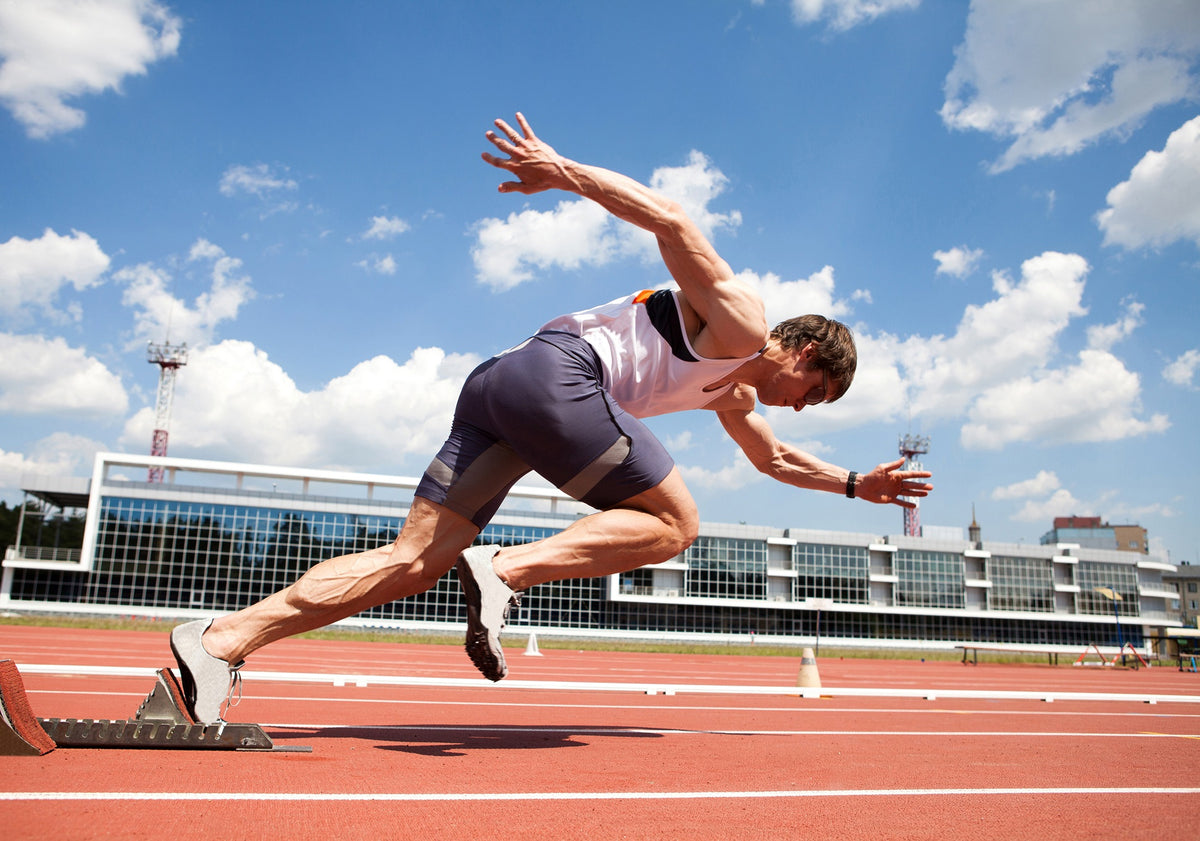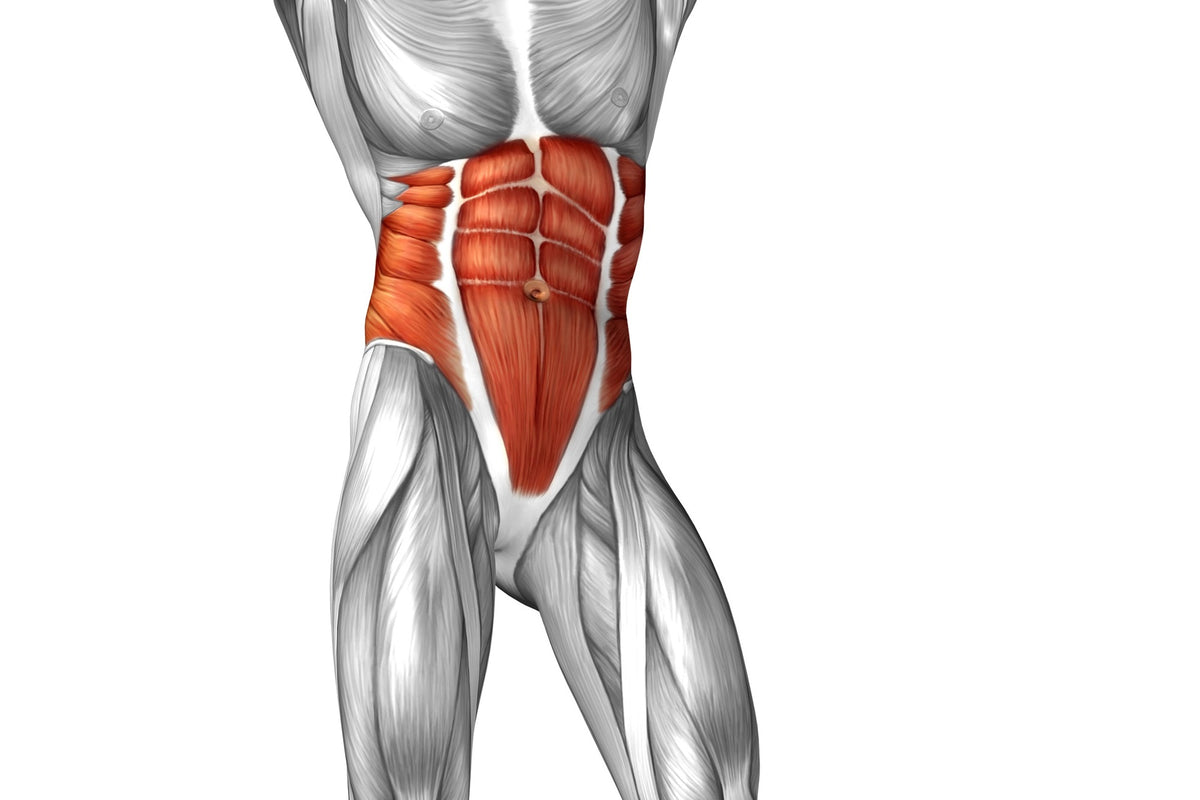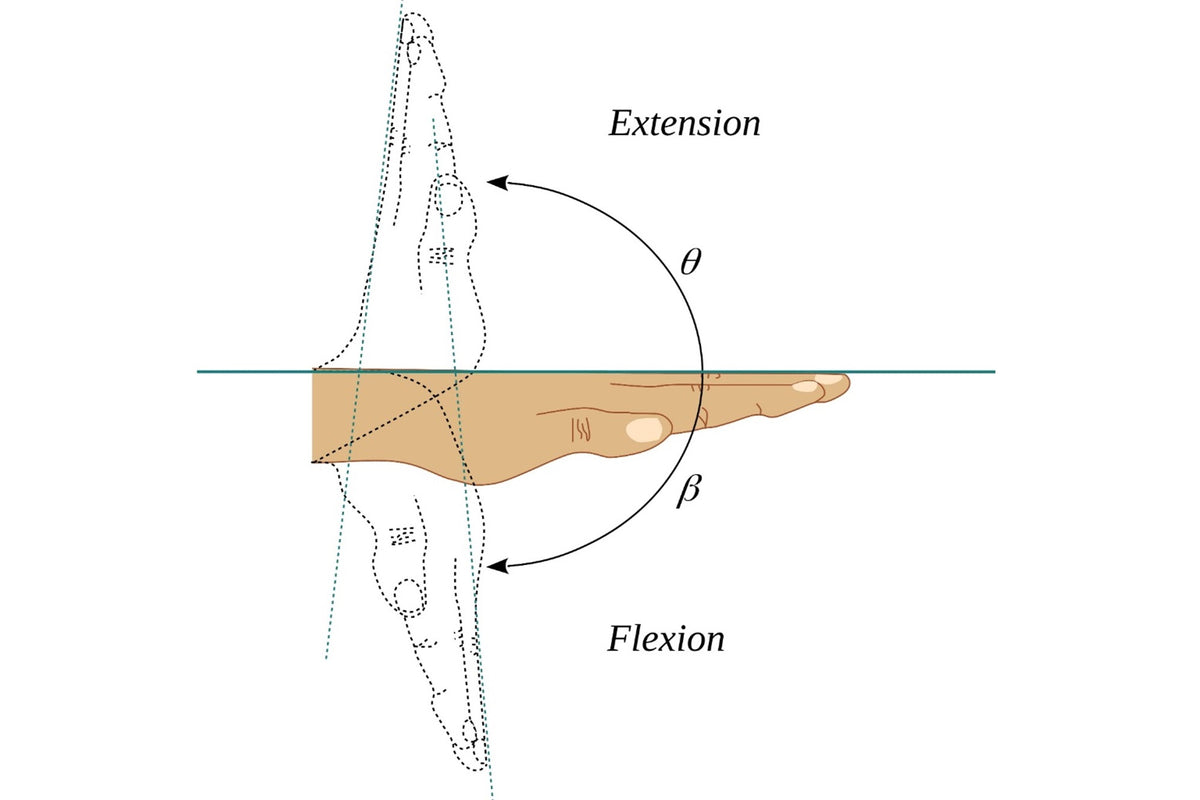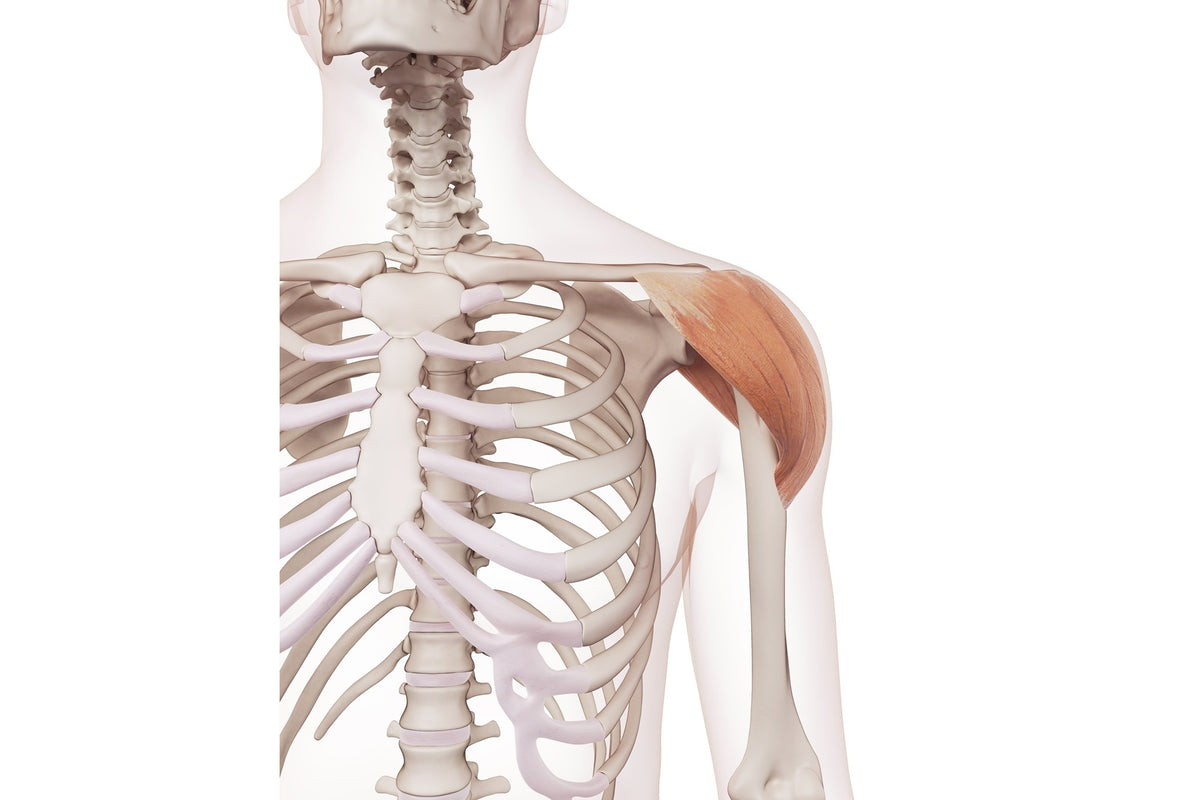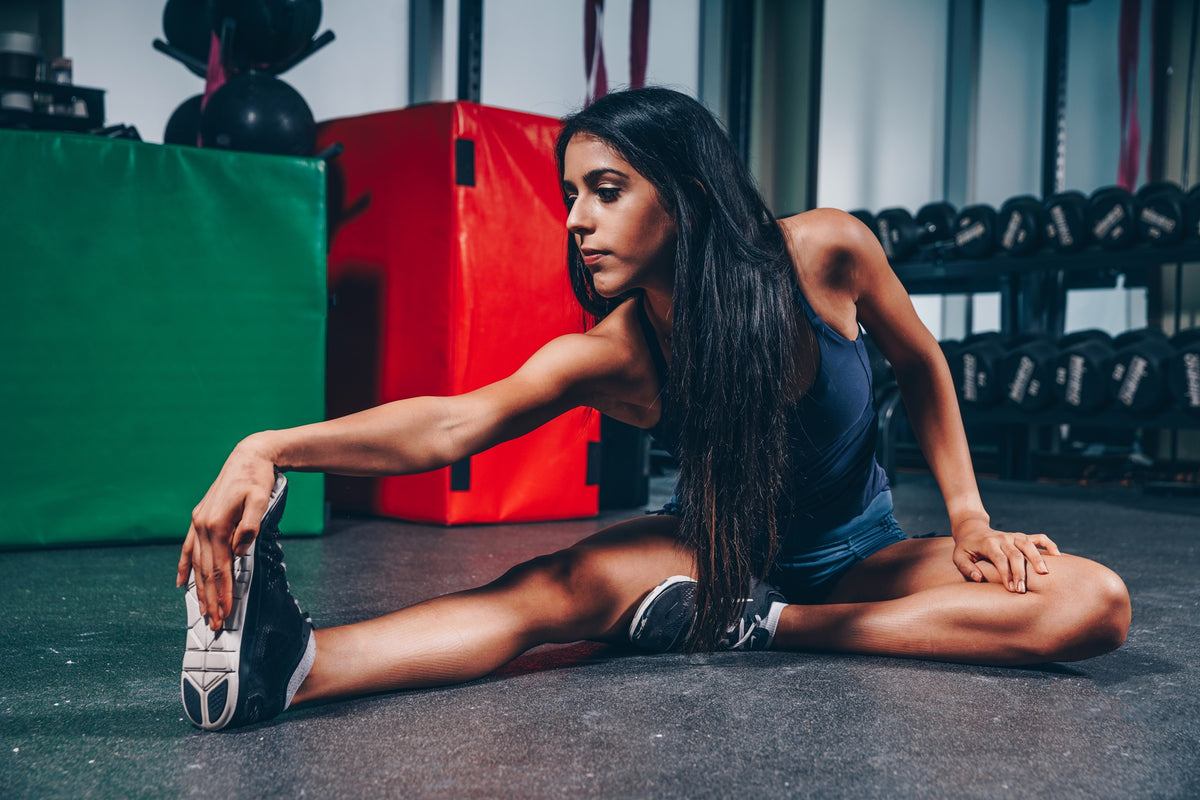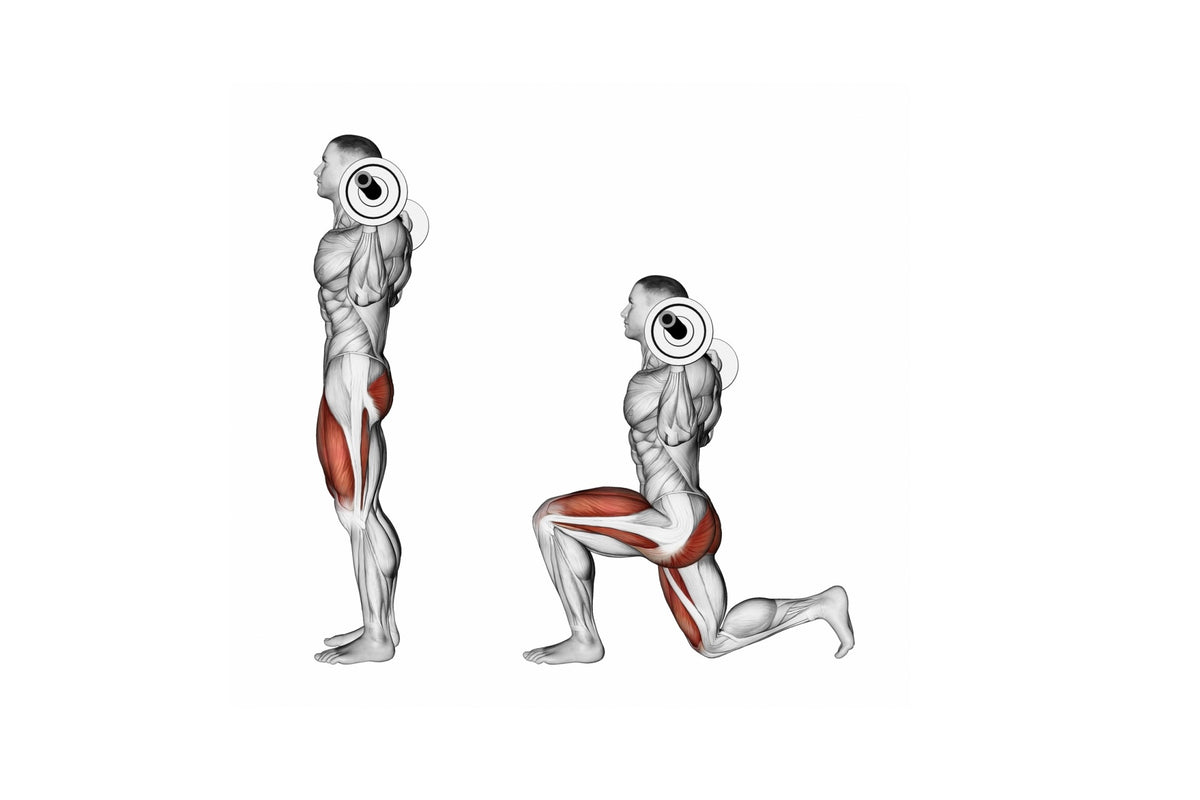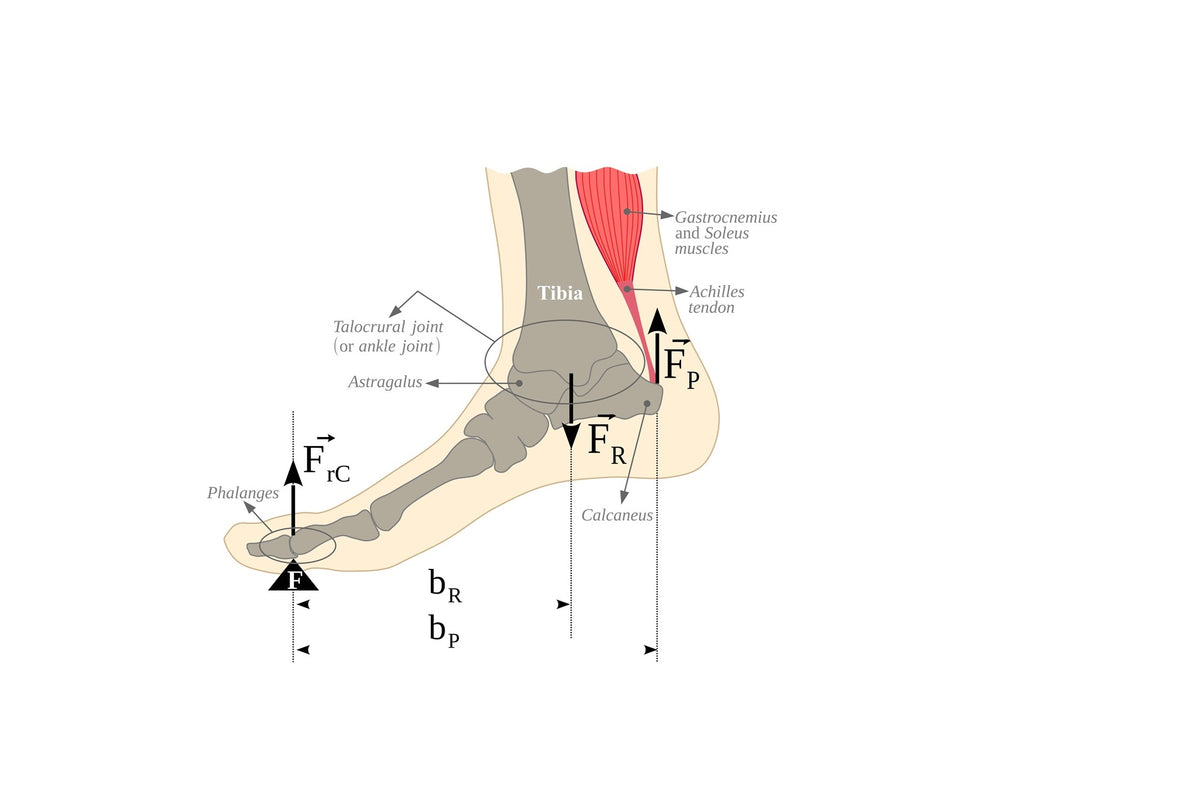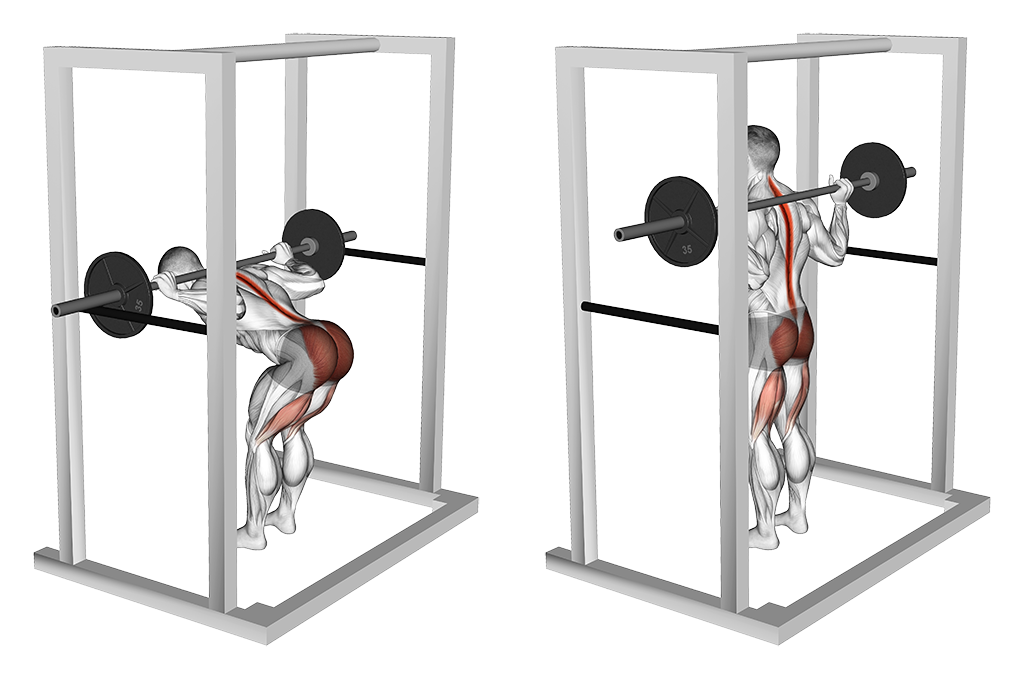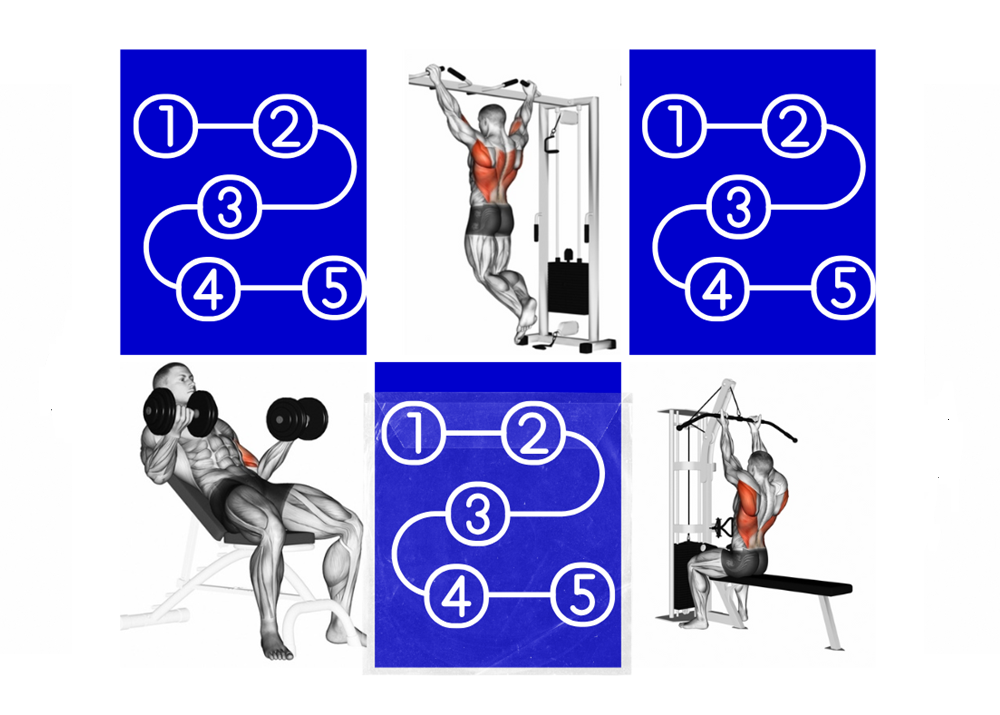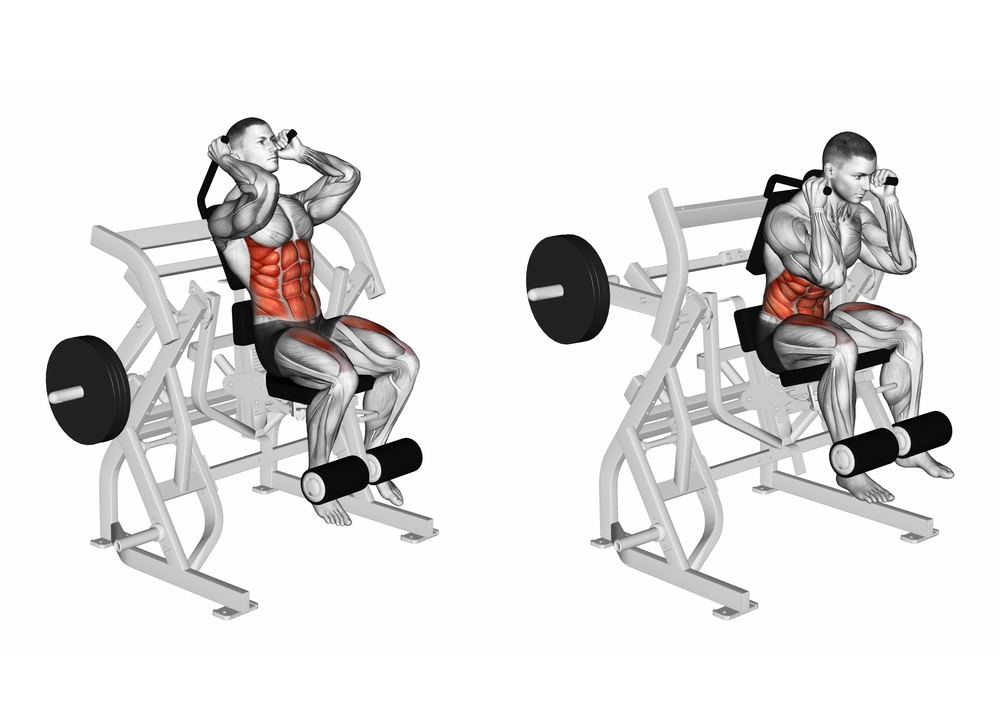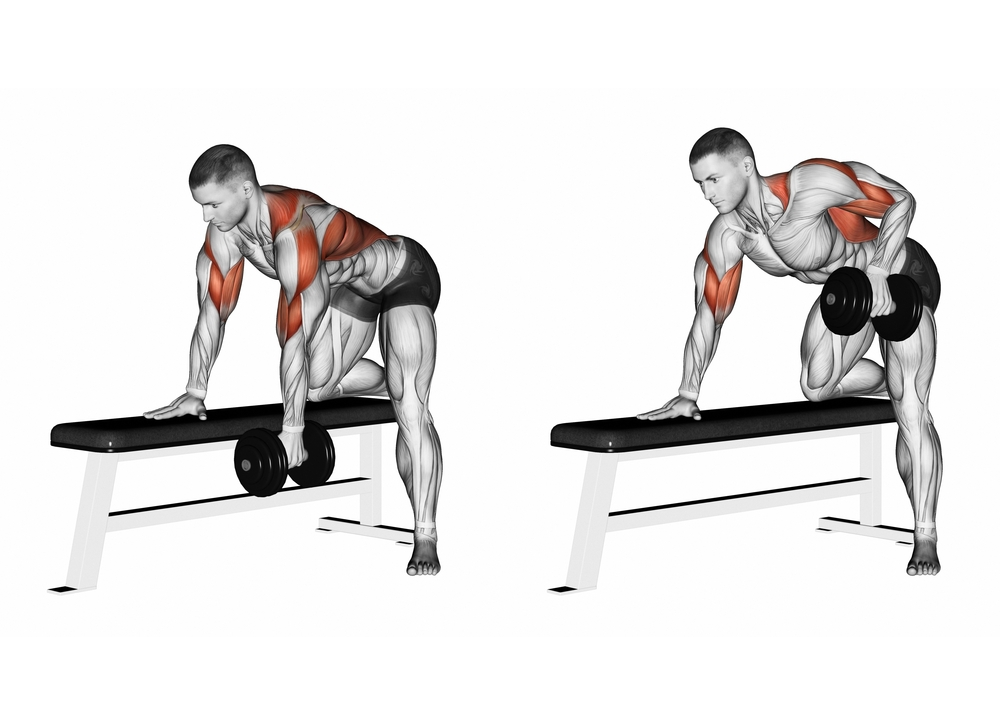Choosing the correct order for exercises in a workout routine can significantly enhance effectiveness, reduce the risk of injury, and improve overall performance. Here’s a detailed strategy to guide your exercise sequencing:
1. Start with Multi-Joint Compound Movements
Why: Compound exercises engage multiple muscle groups and require the most energy and focus. Performing them first ensures you have the strength and concentration needed for proper execution. Examples: Bench press, deadlift, squat, overhead press.
2. Follow with Secondary Compound Movements
Why: Once primary compound lifts are completed, move to secondary lifts that are slightly less demanding but still work multiple muscles. Examples: Incline dumbbell press, Romanian deadlift, pull-ups.
3. Incorporate Isolation Exercises
Why: Isolation movements target specific muscles, helping to improve muscle imbalances or provide additional work for lagging areas. Perform these after compound lifts when energy demands are lower. Examples: Bicep curls, tricep pushdowns, leg extensions.
4. Alternate Push, Pull, and Lower-Body Exercises
Why: Alternating muscle groups within a session allows for active recovery, helping maintain intensity and preventing premature fatigue.
5. Consider Pre-Fatigue or Activation Techniques
Why: Pre-fatiguing a specific muscle with an isolation exercise before a compound lift can improve mind-muscle connection. Use this strategy cautiously for advanced training. Examples: Leg curls before squats or lateral raises before shoulder presses.
6. Finish with Core and Stability Work
Why: Core exercises improve overall strength and balance but should be saved for the end to avoid compromising performance in larger lifts. Examples: Planks, Russian twists, hanging leg raises.
7. Factor in Personal Goals and Weak Points
Why: Prioritize exercises that align with your specific goals or address weaknesses. For example, if glute development is a priority, place hip thrusts earlier in your routine.
Sample Sequencing Plans
Upper Body Exercise Sequencing - Pull-Up (Wide Grip), Barbell Bench Press, Overhead Press, Incline Dumbbell Press, Barbell Row, Biceps Curl
Pull-Up (Wide Grip)
Reasoning: Engages lats, traps, and biceps as a primary compound pull movement, demanding maximum focus and energy.
Barbell Bench Press
Reasoning: Multi-joint push movement targeting chest, shoulders, and triceps, performed early for power and effectiveness.
Overhead Press (Barbell)
Reasoning: Targets shoulders and triceps while also engaging the core, placed third to avoid overlap fatigue.
Incline Dumbbell Press
Reasoning: Secondary push exercise focusing on upper chest, performed after primary compound lifts.
Barbell Row
Reasoning: Works the back, emphasizing the mid and lower traps and rear delts, complementing earlier pulls.
Bicep Curls
Reasoning: Isolation movement for biceps, performed at the end to target arms after compound back exercises.
Lower Body Exercise Sequencing - Barbell Back Squat, Romanian DeadLift, Lunges, Hip Thrust, Leg Curls, Calf Raise.
Barbell Back Squat
Reasoning: A fundamental compound movement for quads, glutes, and hamstrings, requiring maximum energy.
Romanian Deadlift
Reasoning: Targets the hamstrings and glutes, complementing the squat by focusing on the posterior chain.
Lunges (Walking or Stationary)
Reasoning: A unilateral exercise that improves balance and engages multiple lower-body muscles.
Hip Thrust
Reasoning: Glute-focused movement to enhance hip extension strength, placed mid-routine to target the glutes directly.
Leg Curl (Machine or Stability Ball)
Reasoning: Isolation exercise to focus on the hamstrings, complementing earlier posterior chain work.
Calf Raise (Standing or Seated)
Reasoning: Targets the calves, placed at the end of the session as it involves smaller muscle groups.
Pull Exercise Sequencing - DeadLift, Pull-Up(Neutral Grip), Barbell Row, Face Pulls (Cable), Single-Arm Dumbbell Row, Bicep Curls (Barbell or Dumbbell).
Deadlift
Reasoning: Full-body pull exercise targeting the posterior chain, demanding maximum energy and focus.
Pull-Up (Neutral Grip)
Reasoning: Targets the lats and biceps, performed early to complement the deadlift.
Barbell Row
Reasoning: Focuses on the mid-back, rear delts, and traps, complementing previous pulling exercises.
Face Pulls (Cable)
Reasoning: Targets the rear delts and traps, improving posture and shoulder stability.
Single-Arm Dumbbell Row
Reasoning: A unilateral movement to correct muscle imbalances and isolate the lats.
Bicep Curls (Barbell or Dumbbell)
Reasoning: Finishes the session with an isolation exercise to target the biceps after compound pulling work.
Push Exercise Sequencing - Barbell Bench Press, Overhead Barbell Press, Incline Dumbbell Press, Tricep Dips, Arnold Press, Tricep Pushdowns (Cable).
Barbell Bench Press
Reasoning: A primary pushing exercise that targets the chest, shoulders, and triceps, performed when energy levels are high.
Overhead Barbell Press
Reasoning: Engages the shoulders and triceps, following the bench press to maintain focus on pushing mechanics.
Incline Dumbbell Press
Reasoning: Targets the upper chest and shoulders, complementing the previous pushing movements.
Tricep Dips (Weighted if Advanced)
Reasoning: Emphasizes triceps while also engaging the chest and shoulders.
Arnold Press Reasoning: Adds variety to shoulder pressing by engaging more range of motion and stabilizing muscles.
Tricep Pushdowns (Cable)
Reasoning: Isolation movement to finish the session with focused tricep work.
Push Pull Exercise Sequencing Sample Exercises: Barbell Bench Press, Pull-Up (Wide Grip), Incline Dumbbell Press, Overhead Press, Face Pulls.
Barbell Bench Press (Push)
Reasoning: Begin with a compound push exercise that targets the chest, shoulders, and triceps. This movement demands maximum energy and focus, making it ideal to perform first.
Pull-Up (Wide Grip) (Pull)
Reasoning: As a compound pull exercise, pull-ups engage the lats, traps, and biceps. Alternating with the bench press allows your pushing muscles to recover while still working intensely on pulling.
Incline Dumbbell Press (Push)
Reasoning: Shifts focus to the upper chest and shoulders while engaging the triceps. Performing this secondary push exercise ensures balanced chest development.
Barbell Row (Pull)
Reasoning: A horizontal pull exercise that targets the mid-back, traps, and rear delts, complementing the vertical pulling movement of the pull-up.
Overhead Press (Push)
Reasoning: A compound push exercise targeting the shoulders and triceps. Placed after chest-focused pushes to round out pressing movements.
Face Pulls (Pull)
Reasoning: A cable pull exercise that emphasizes the rear delts and traps, improving posture and stabilizing the shoulders. This serves as an excellent finisher for the pulling muscles.
